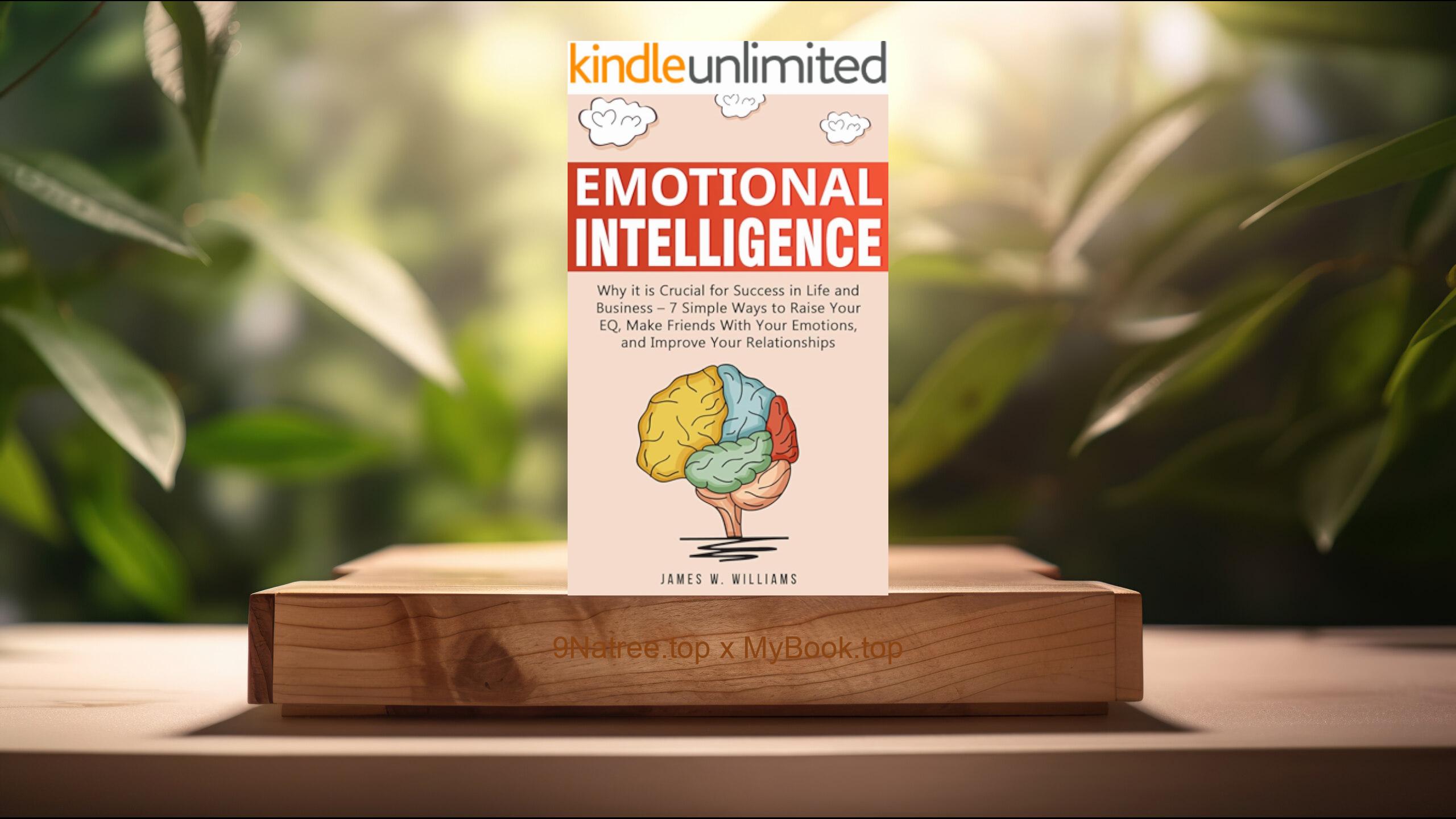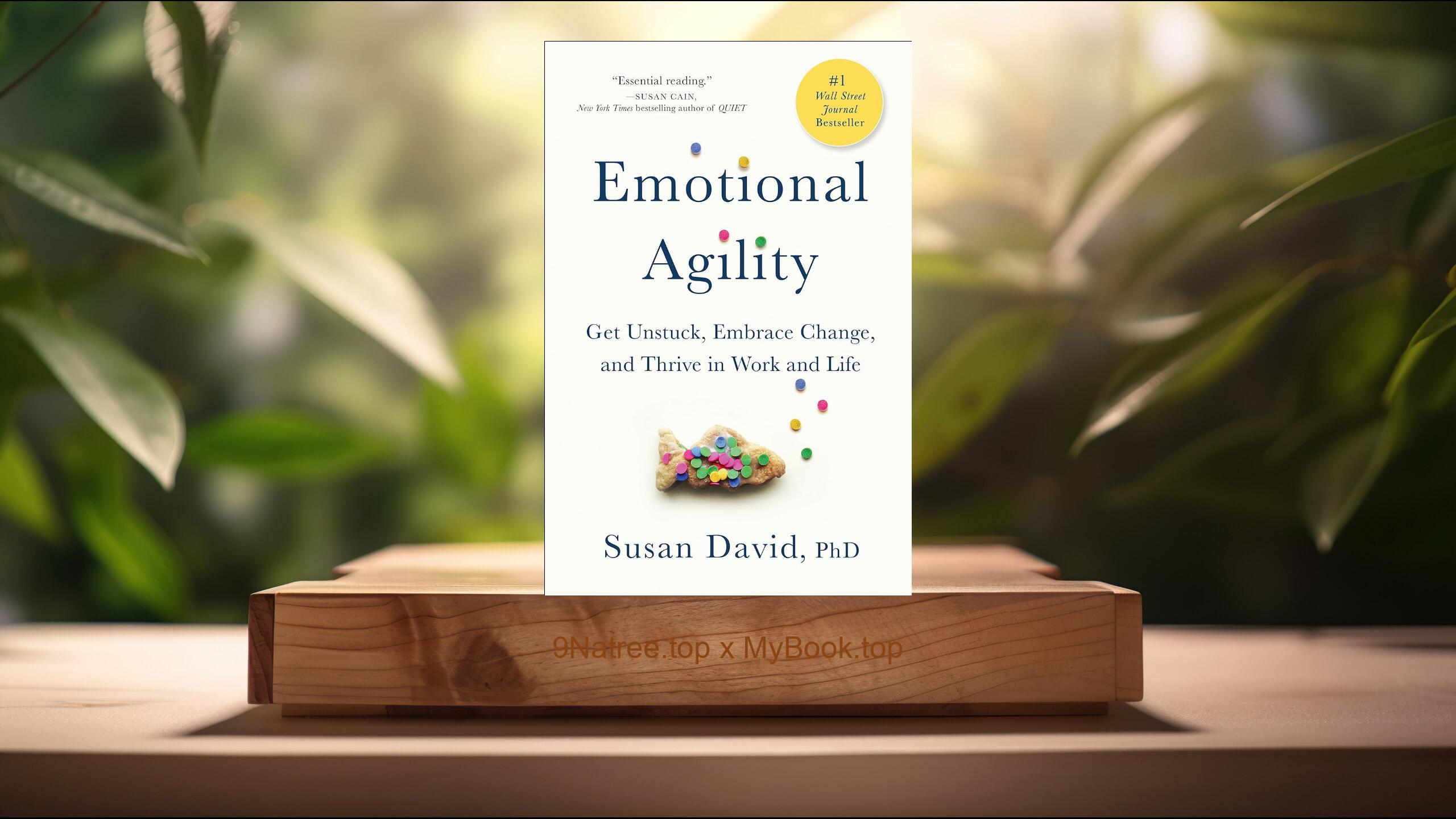Show Notes
Buy on Amazon: https://www.amazon.com/dp/B00LMGLXTS?tag=9natree-20
Read more: https://mybook.top/read/B00LMGLXTS/
#Habitformingproducts #HookModel #Userpsychology #VariableRewards #Productdesign #Technologyethics #Userengagement #Hooked
These are takeaways from this book.
Firstly, The Hook Model, The Hook Model is a cornerstone concept in 'Hooked,' providing a four-step process that Eyal identifies as crucial for building habit-forming products. These steps are: Trigger, Action, Variable Reward, and Investment. A Trigger prompts the user to take action; the Action is the behavior done in anticipation of a reward; the Variable Reward satisfies the user's need, providing enough variability to keep the engagement high; and the Investment phase involves the user putting something into the product, increasing the chances of following the loop again. Eyal explains that understanding and carefully designing each step of this model allows product developers to subtly encourage user habits, turning sporadic users into devoted customers.
Secondly, Understanding User Motivation, Eyal delves into the psychology of user motivation, highlighting the importance of internal and external triggers in the formation of habits. External triggers, such as notifications or advertisements, spark an initial interest. However, for a product to form habit, it must tap into internal triggers — user emotions or psychological states, such as boredom or stress. Eyal argues that successful products address these internal triggers by providing a solution that is readily accessible. By mapping out these motivations and designing products to meet them, creators can significantly enhance the habit-forming potential of their products.
Thirdly, The Importance of Variable Rewards, Variable rewards are a critical component of the Hook Model, rooted in the variable schedule of reinforcement identified by psychologist B.F. Skinner. Unlike predictable rewards, variable rewards maintain user engagement by introducing unpredictability in the rewards' size, type, or timing. Eyal presents several types of variable rewards, such as the Reward of the Tribe (social rewards), the Reward of the Hunt (material or information rewards), and the Reward of the Self (intrinsic rewards related to personal achievements). By incorporating these rewards, products can keep users coming back, driven by the anticipation of new and satisfying outcomes.
Fourthly, The Role of Investment, The Investment phase of the Hook Model asks users to contribute something to the product, which increases their likelihood of returning. Eyal explains that these investments are not necessarily monetary but can be personal data, social capital, or time spent. The key is that these investments improve the service for the user with each use, making the product increasingly valuable to them. Over time, these investments create barriers to leaving, as users would lose their contributions. This stage is crucial for cementing habits, as it uses the principle of consistency, where people are more likely to continue doing something they have already invested in.
Lastly, Ethical Considerations in Habit-Forming Products, Eyal concludes 'Hooked' with a discussion on the ethical considerations of creating habit-forming products. He recognizes the power product developers hold in influencing user behavior and urges them to use this power responsibly. The book poses essential questions about manipulation versus persuasion and the impact of habit-forming products on society. Eyal provides a framework for evaluating the morality of these products, suggesting that they should enrich the lives of their users. This chapter not only acts as a guide for ethical product development but also initiates a broader conversation about the role of technology in our lives and its potential to do good or harm.
In conclusion, Nir Eyal's 'Hooked: How to Build Habit-Forming Products' is an essential read for anyone involved in product development, from entrepreneurs to designers and marketers. It offers a profound understanding of human psychology combined with practical steps to create products that integrate seamlessly into the daily lives of users. By applying the principles discussed, readers can design products that not only engage and retain users but do so responsibly, enhancing their lives. 'Hooked' serves as a reminder of the potential products have to influence habits and the ethical considerations that come with this power. Ultimately, this book can significantly benefit those looking to create meaningful and successful products in the digital age.
![[Review] Hooked: How to Build Habit-Forming Products (Nir Eyal) Summarized](https://episodes.castos.com/660078c6833215-59505987/images/1731015/c1a-085k3-zo510dqqsomv-s2xjlw.jpg)




